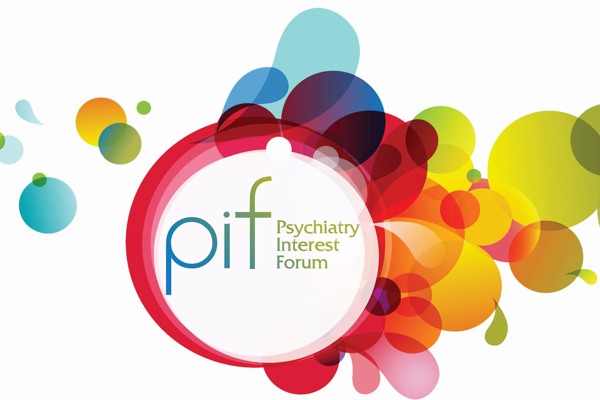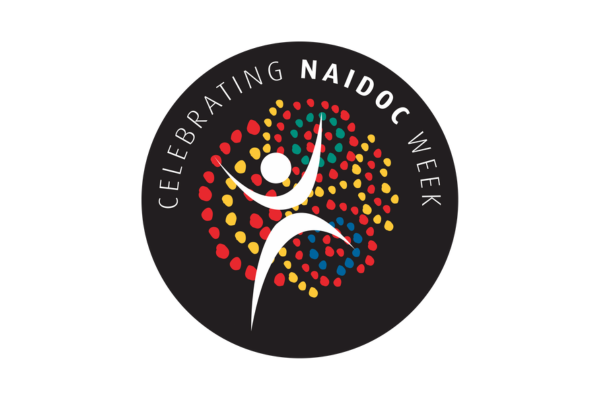Providing psychiatry expertise to the hospital medical team
22 Jun 2021
- Day in the life
Ever wondered what it's like to be a psychiatrist? This series explores a day in the life of psychiatrists who work in different areas of psychiatry, from forensic psychiatry to neuropsychiatry.
In the first article of this series, we hear from Dr Paul Pun who is a consultation–liaison psychiatrist.
A Day in the Life of a Consultation–Liaison Psychiatrist
I’m an early riser, up at the crack of dawn at 5 am well before the rest of the family. A bike ride on the tracks along the Brisbane River clears the mind and is an ideal way of allowing the priorities for the day ahead to seep slowly into the consciousness; many a clinical or administrative roadblock melts away at 20 km/hr in the cool morning air of the River City.
The medical-psychiatric interface
I’m the clinical director of Consultation–Liaison (C–L) Psychiatry, among other things, at the Mater Hospital South Brisbane. I also do two sessions a week of C–L Psychiatry at the neighbouring Royal Brisbane and Women’s Hospital, which encompasses my role as the lead psychiatrist in the Queensland adult gender service.
C–L psychiatry services are highly-specialised mental health teams embedded within general hospitals who provide essential assistance to the medical teams with regard to patients‘ psychiatric issues. A unique element of this subspecialty is the close relationship the psychiatrist enjoys with the medical subspecialty teams, and the highly-specific skills and knowledge the psychiatrist can bring to these services. As a director of advanced training in C–L psychiatry, I hear a recurrent theme among trainees who choose this psychiatric subspecialty: they describe the intellectual stimulation of the medical-psychiatric interface, the challenge of negotiating complex systems and the pleasure of fulfilling a vital role in the running of a general hospital.
In my 15 years of full-time work as a C–L psychiatrist, the first five years focused on assessing live renal donors, the middle five on managing neuropsychiatric effects of interferon in treatment of Hepatitis C, and the last five years I‘ve focused on assessing patients prior to gender transition.
Multidisciplinary collaboration
There is a C–L handover multidisciplinary team meeting at 8.30 am on the first 4 days of the week, where recent referrals are discussed with ongoing treatment plans, as well as new referrals from the medical wards, where we have a KPI of seeing these patients within 24 hours of referral. Today the psychiatry registrar presents a case of a young lady with videoEEG proven nonepileptiform events from the neurology ward, who he would like some assistance with. There is a history of childhood sexual abuse, and he presents an elegant formulation that connects past to present in terms of a clinical suspicion of dissociative episodes triggered by harassment from her current employer.
One of the pleasures of my role as a training supervisor is observing the development of the next generation of C–L psychiatrists, and we organise to jointly see the patient to pull together the current models and metaphors that bring the patient along with evidence-based psychological treatment, rather than overemphasising the old Freudian ideas of conversion of unconscious drives.
Gender Service clinic
The Gender Service clinic is part of my role as psychiatrist within a multidisciplinary team of social workers, psychologists, speech pathologists and sexual health physicians. If the psychologists need a second opinion about a diagnosis of gender dysphoria, or the external surgeons require a report prior to gender affirming surgery, the patient is booked into this clinic.
I take a call from the Gender Service clerk, who wants to book a patient into my clinic on Friday morning. This patient is a natal female, identified gender male who I have seen several times in the past 12 months and is a typical example of the 20% of patients in the service with autism spectrum disorder and gender dysphoria, a phenomenon one develops a pattern recognition for in gender services. He had a later presentation, and a slower transitional trajectory, but is extremely pleased with the physical changes from testosterone therapy started by our sexual health physician 6 months ago and has scraped together the money for male chest contouring surgery, which he needs a report for by next week. I happily agree with the request to book this patient in.
Staff mental health liaison
A quick lunch on the run, as I need to be on time for a meeting with the ICU director and his senior staff at the Mater. While Queensland has been spared the upsurges witnessed overseas of COVID-19 cases and associated staff burnout issues, it has sparked a conversation that is continuing about how hospital organisations can address the emotional health of their staff in a general sense. This meeting is a continuation of a series where open discussions have been held about how best to address a difficult year in ICU: a number of staff have been assaulted by delirious patients, and more recently a few patients or their families had refused to be treated by particular staff based purely on the staff member‘s racial background.
One of the projects we are planning are a series of Schwartz rounds – confidential meetings faciliatated by psychiatrists and psychologists where multidisciplinary staff can present and discuss their emotional responses to patients and hopefully process them. These aim to preserve their emotional health, morale and capacity to allow them to continue functioning as effective empathic clinicians.
This is an example of the liaison in consultation–liaison, which good C–L services offer – the embedded psychiatrist has a great advantage in not only shaping the treatment response of referring teams to patients, but also in ensuring the mental health needs of these staff have a pathway to be met. As the public relations face of psychiatry to our medical colleagues, the C–L psychiatrist becomes a trusted source of information about mental health, and I recall putting some of my medical colleagues in touch with private psychiatrists over the years for mental health issues.
Teaching and research
The late afternoon is taken up by a tutorial to the Junior House and Senior House Officers about the management of the acute psychiatric emergency in the Emergency Department and on ward call in the hospital. I use case-based discussions of a patient who has attempted suicide in ED, and a delirious patient on the medical ward overnight. I find such case vignettes bring a sense of clinical reality and practicality, rather than a dry didactic talk, and I can weave in important aspects of assessment, as well as the use of the Guardianship Act and the Mental Health Act.
C–L psychiatrists, by virtue of their central role in general hospitals, are often involved in teaching and research. The planned Schwartz rounds is being written up as a research project, awaiting ethics approval, measuring staff satisfaction within their workplace before and after the intervention. I’ve just received an email that an article I‘ve submitted to a neurology journal with a neurologist colleague outlining descriptive clusters of functional neurological disorder patients has been accepted for publication.
So, it’s the end of a satisfying clinical, administrative and teaching day today. I get a text from my other half that I should be home by 6 pm as we’ve been booked to have family dinner at the new Japanese restaurant around the corner from our city apartment. Not a bad way to ensure a balanced end to the day.

Become a Psychiatry Interest Forum (PIF) member to gain access to information and events to learn more about psychiatry.
About the author

Dr Paul Pun
Dr Paul Pun has worked as a C–L Psychiatrist for the last 15 years. He currently holds the positions of Director of Psychiatry at the Mater Hospital, South Brisbane and the lead psychiatrist at the Royal Brisbane and Women's Hospital Gender Service. He is the Chair of the Queensland RANZCP C–L Faculty as well as the Queensland RANZCP Director of Advanced Training in C–L Psychiatry, and past chair of the Queensland RANZCP Branch Training Committee. Dr Pun also works in private practice at the New Farm Clinic. Dr Pun has published in the areas of perinatal psychiatry, live renal donation, neuropsychiatry and psychiatric teaching.
Dr Paul Pun has worked as a C–L Psychiatrist for the last 15 years. He currently holds the positions of Director of Psychiatry at the Mater Hospital, South Brisbane and the lead psychiatrist at the Royal Brisbane and Women's Hospital Gender Service. He is the Chair of the Queensland RANZCP C–L Faculty as well as the Queensland RANZCP Director of Advanced Training in C–L Psychiatry, and past chair of the Queensland RANZCP Branch Training Committee. Dr Pun also works in private practice at the New Farm Clinic. Dr Pun has published in the areas of perinatal psychiatry, live renal donation, neuropsychiatry and psychiatric teaching.
Disclaimer: Any patients mentioned in this article have been deidentified and created for the purposes of this article. This article may represent the views of the author and not necessarily the views of The Royal Australian and New Zealand College of Psychiatrists ('RANZCP'). By accessing the article you also agree to the RANZCP Website Terms of Use Agreement.
More news & views
As of 20 September, 28 of this year’s deliverables have been completed, and the mandatory annual rep...
 07 July 2025
07 July 2025
This year’s National NAIDOC Week from 6–13 July marks a powerful milestone: 50 years of honouring an...
Qualified privilege covering Australian Peer Review Groups has momentarily expired. An application f...